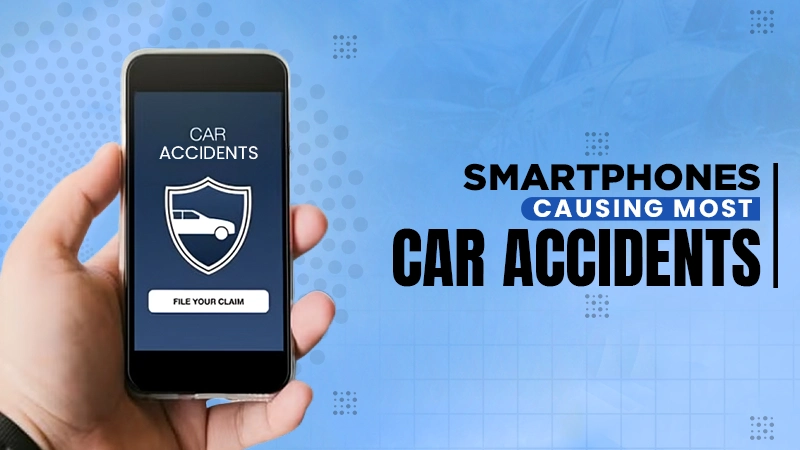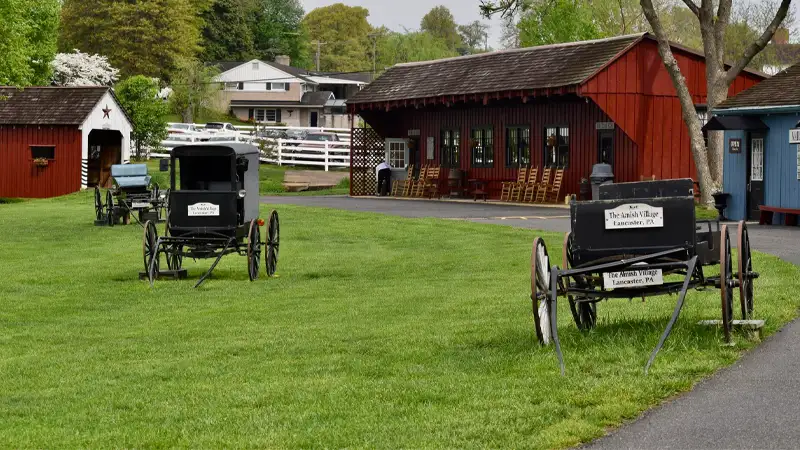How Smart Cities Are Using IoT to Improve Quality of Life?
In order to effectively address problems such as traffic jams, sanitation, waste management, environmental degradation & growing energy needs, cities are adopting new technologies like the Internet of Things.
These IoT-based smart city solutions are contributing so well to enhancing the ease and safety of urban dwellers.
It is assisting cities in upgrading their physical and public utility infrastructure.
In this article, we will view how IoT technology assists smart cities in improving their quality of life by focusing on transportation and enhancing sustainability and energy efficiency. So, let’s do that!
Visit the official website for more insights on the technology powering smart cities.
Smart Cities and IoT Integration: An Overview
Over the past few years, the notion of Smart Cities has received much attention, predicting a future where cities would not only be united areas of habitation but areas where people living in the cities benefit from them due to intelligent governance and interconnectivity.
In this evolution, the most useful and relevant technology became the Internet of Things (IoT), a web of devices and sensors that acquire and share data to help modify the urban living environment.
Well, technology has benefited the city in many ways such as real-time data acquisition, processing, and responding to a situation within the city.
Moreover, IoT-enabled smart traffic signals change their settings depending on the traffic flow on the roads, thus cutting the time people spend in traffic.
Do You Know?
Research says, around 3 million people move to cities every week worldwide –estimated that by 2040, a whopping 65% of the global population will reside in cities.
Improving Transport and Movement through IoT
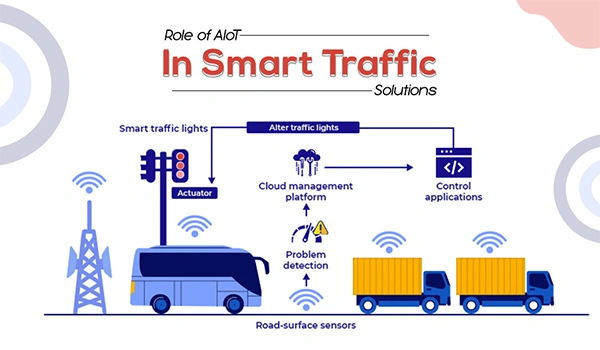
Problems with road transport are increasing drastically day by day such as congestion, parking issues, accidents, delays, and one of the most common – traffic jams.
These are just a quarter of the number of challenges the city people often face.
The technology deeply analyzes these problems and updated IoT technology to overcome these obstacles in the following ways:
Real-Time Data & Automation
When on the road, most drivers rely on GPS tracking and location-based services, and IoT has made this system more helpful for them.
The technology allows them to collect traffic conditions, road closures, accidents, and weather data to optimize the route dynamically and find the most efficient path, avoiding delays.
Consequently, it not only saves time but minimizes fuel consumption, and is on time.
Increase Safety Potentiality
Vehicle telematics as an IoT transportation technology enables to trace the vehicle performance and driver behavior.
Such an approach to managing the vehicle and the goods for better security and less damage has been possible since it has the ability to detect unauthorized access, potential threats, or other undesirable situations at all times.
Assessment of velocity, positioning, service histories, and internal workings of commercial vehicles ensures protection of the operator’s life as well as optimizing the overall functions of the commercial vehicle.
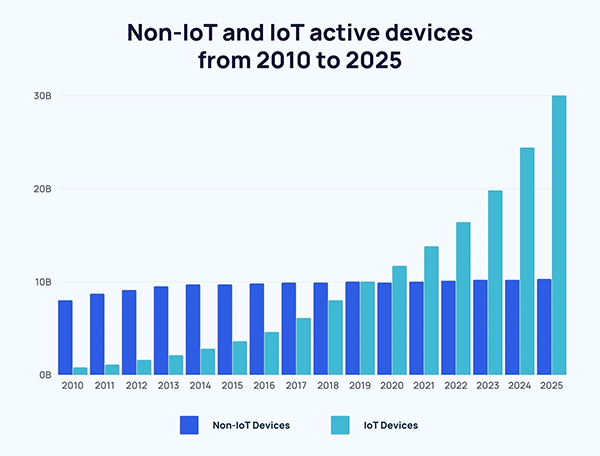
Reduced Timeframe for Service Delivery
Challenges faced in the logistics industry can be addressed by IoT solutions that include real-time visibility of freight and vehicles.
GPS and RFID technologies make it possible for transport and logistics companies to know not only the vehicles but also the freight on board at any point in time.
For how long have you been lost? With an effective data mining solution, transportation agencies offer better reasonable delivery time thus satisfying the customers.

Advanced alerts and availability of Parking
Constantly moving around that parking load, just to find that one parking spot is quite annoying yet time-consuming, but not anymore.
The sensors of IoT can easily detect the availability of parking areas, hence, saving both your mood and time.
Public Transportation Efficiency
People hate waiting for a bus and train for several reasons, let’s just focus on the solution IoT has.
Technology is continuously upgraded and so is this IoT which may now provide real-time information on the arrival schedules of buses, trains, and metro, which allows passengers to plan their journey effectively.
Moreover, it reduces downtime by identifying if the public vehicle transportation is having any maintenance issues.
There’s no doubt that technology is constantly evolving and there are chances to see more revolutionization in the transportation sector with time.
Enhancing Sustainability and Energy Efficiency
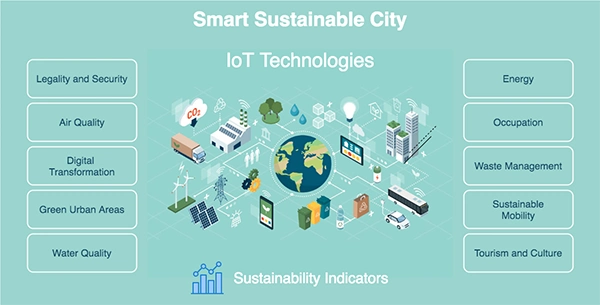
Innovation has reached new heights with IoT in smart cities. It has improved the quality of life by interconnected devices for monitoring and managing infrastructure such as energy and energy consumption.
Here are some sustainable methods that can make a significant impact:
- IoT-enabled sensors and meters monitor energy usage in real-time, allowing equal distribution across with reduced electricity loss.
- Smart buildings have advanced lighting, heating, and cooling systems for optimizing energy properly.
- Analyzing and providing complete reports on traffic, control and reducing congestion as well as managing pollution levels efficiently.
- The routes to landfill wastes can be better optimized by tracking waste levels in bins and containers.
- Air and water pollution are at an all-time high. The IoT devices monitor and therefore address environmental issues promptly.
Conclusion
At the end of this article, it should be understood that the rise of Smart Cities will go hand in hand with IoT solutions for improved urban growth and management.
As cities apply more of the strategies towards IoT, it will be easier to have a conducive and sustainable environment for the people living in the cities.

